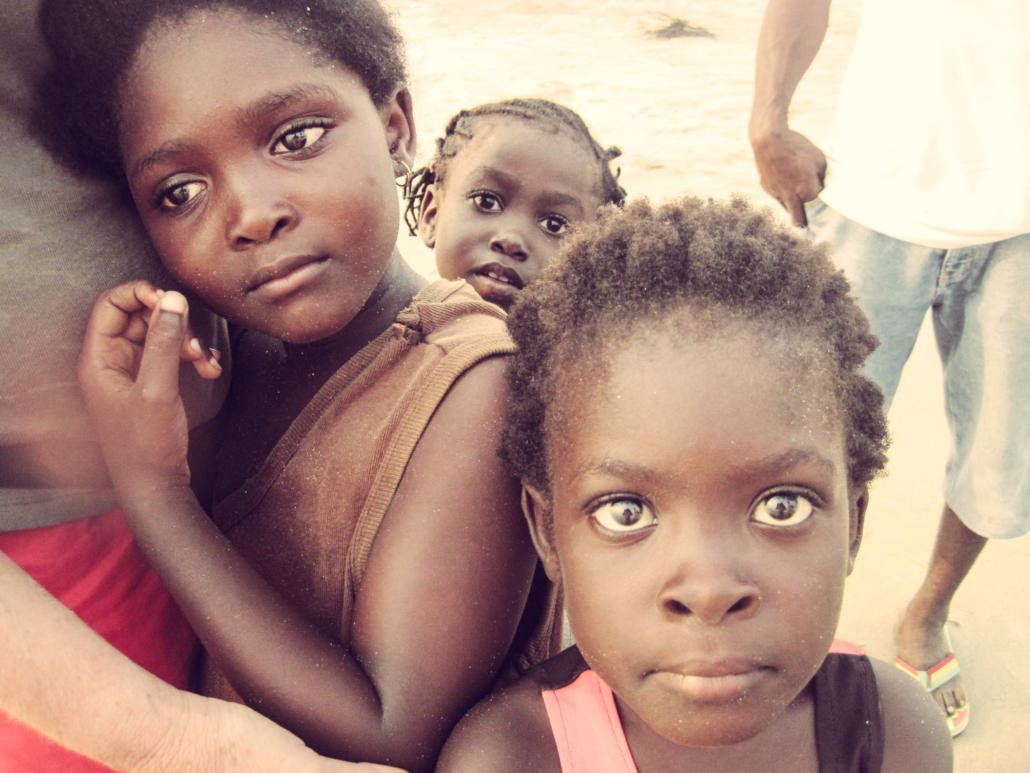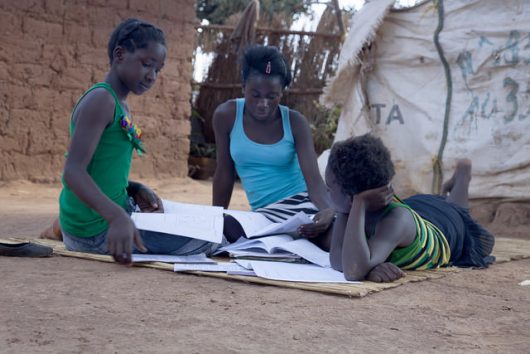 With the rapid spread of COVID-19, public health and hygiene habits are being promoted unlike ever before. The importance of handwashing has been particularly emphasized as it is, according to The World Bank, “one of the most effective ways to prevent transmission of disease,” including COVID-19. However, in many countries where access to clean water is rare, disease and unsanitary conditions present an even greater threat.
With the rapid spread of COVID-19, public health and hygiene habits are being promoted unlike ever before. The importance of handwashing has been particularly emphasized as it is, according to The World Bank, “one of the most effective ways to prevent transmission of disease,” including COVID-19. However, in many countries where access to clean water is rare, disease and unsanitary conditions present an even greater threat.
Access to Water in Ghana
In Ghana, more than five million people utilize surface water to meet their basic needs. Utilizing contaminated water is often the only option many people have. However, it leaves populations vulnerable to water-related diseases, infections and illnesses. In many cases, this discourages populations from practicing handwashing, taking daily baths, and ensuring their body is sufficiently nourished. As a result, the transmission of water-related diseases increases. This establishes and encourages poor hygiene, sanitary and personal care habits.
Solar Wash
Two native Ghanian brothers, Richard Kwarteng and Jude Osei, have developed a solar-powered handwashing basin in efforts to curb the spread of COVID-19 and “encourage regular hand-washing etiquette,” Kwarteng said. The invention, called Solar Wash, uses just a few components. It comprises of an alarm, a sink, a sensor, a faucet, a motherboard and a solar panel. Solar Wash resembles a regular hand-washing sink but works in an even more hygienic, sustainable and cost-efficient manner.
Solar Wash’s sensors ensure users do not have to physically touch the faucet’s tap. First, upon sensing motion, the sensor dispenses soapy water and enacts an alarm for 25 seconds. This is in accordance with the guidelines of the World Health Organization (WHO) and the Centers for Disease Control (CDC). After the 25 seconds, the tap dispenses just enough water for users to conclude washing their hands. Solar Wash acts as a handwashing station for 150 people during just one charging cycle.
The Ghanaian Ministry of Environment, Science, Technology and Innovation is working with Kwarteng and Osei. They are working to ensure the continuation of Solar Wash manufacturing and its accessibility to people in all of Ghana.
Global Potential of Solar Wash
Solar Wash emerged in Ghana as a result of the COVID-19 pandemic. However, continued manufacturing and placement of the invention would greatly improve conditions around the world, particularly those living in poverty. Continued use of Solar Wash, or similar technology, would:
- Reduce the spread of water-transmissible diseases – According to the CDC, “about 1.8 million children under the age of five die each year from diarrheal diseases and pneumonia.” The spread of pneumonia and diarrheal diseases can be significantly reduced with proper handwashing practices, protecting “about one out of every three young children who get sick with diarrhea and almost one out of five young children with respiratory infections like pneumonia.”
- Offer a sustainable solution to the global water crisis – In 2019, about two billion people were living in a country engulfed by high water stress. In other words, there were about two billion people without access to enough water to fulfill their basic needs. To globally address the water crisis, the world needs an affordable, sustainable and accessible solution, which Solar Wash offers.
- Reduce global poverty – UNICEF and the WHO said, “over half of the global population or 4.2 billion people lack safely managed sanitation services.” This contributes to the spread of many diseases and illnesses, including COVID-19, diarrheal diseases, cholera, adenovirus and salmonella. By reducing the spread of these infections, illnesses and diseases, populations have a lower chance of being engulfed by poverty. They will be able to work, attend school and so forth.
Conclusion
Innovations like Solar Wash demonstrate simple but important practices and solutions needed to alleviate poverty. Solar Wash offers a simple, affordable and sustainable means of practicing handwashing with its simple build and technical structure. An innovation like Solar Wash can play an immense role in reducing health-related concerns in Ghana. It can also help throughout the world with continued production and implementation.
– Stacy Moses
Photo: Flickr






